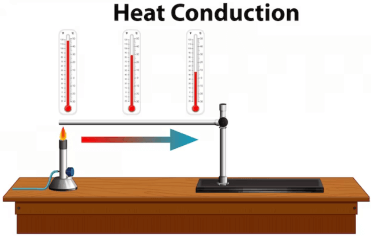Question
a.
rate of reaction
b.
rate equation
c.
rate determining step
d.
none of above
Posted under Biochemical Engineering
Interact with the Community - Share Your Thoughts
Uncertain About the Answer? Seek Clarification Here.
Understand the Explanation? Include it Here.
Q. The chemical adsorption in the synthesis of ammonia (NH₃) is called
Similar Questions
Explore Relevant Multiple Choice Questions (MCQs)
Q. Fossils with sulfur (S₈) burn to produce
View solution
Q. Catalysts which can be used for synthesis of ammonia includes
View solution
Q. New bonds are formed between adjacent nitrogen (N) atoms and
View solution
Q. Word 'adsorb' is
View solution
Q. Metallocene catalyst is used to produce
View solution
Q. Inside a catalytic converter 'honeycomb' structure is present, which contain small beads coated with
View solution
Q. When molecules become bonded to atoms on the surface of a solid the process is termed as
View solution
Q. Catalysis is classified as
View solution
Q. Addition polymers are
View solution
Q. Catalysis of hydrolysis of esters is done by
View solution
Q. Reaction of gaseous molecules at surface of solid catalyst is done in
View solution
Q. During catalytic process nitrogen oxides and carbon monoxide is adsorbed on
View solution
Q. In Haber process bonds between ammonia and iron surface weaken and break during
View solution
Q. Nickel is good at
View solution
Q. Changes in oxidation number of ions which are involved in catalysis are done in
View solution
Q. Process in which catalyst has a different phase to a reaction mixture, this process is known as
View solution
Q. The elements which are good catalysts and can change their oxidation number are
View solution
Q. In the lock and key model of enzyme action, the substrate fits into
View solution
Q. Factors which affect the rate of a chemical reaction are
View solution
Q. Enzymes are incredibly
View solution
Recommended Subjects
Are you eager to expand your knowledge beyond Biochemical Engineering? We've handpicked a range of related categories that you might find intriguing.
Click on the categories below to discover a wealth of MCQs and enrich your understanding of various subjects. Happy exploring!








